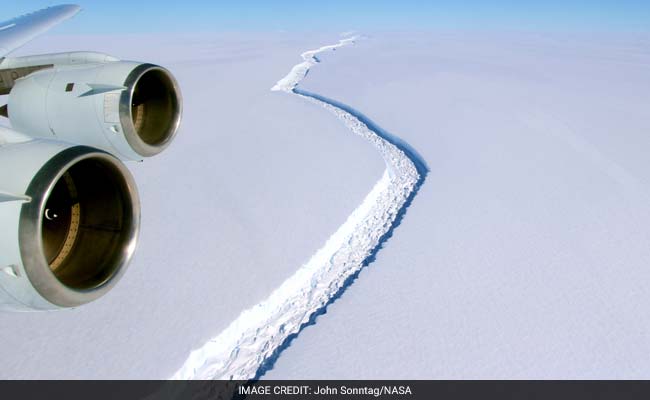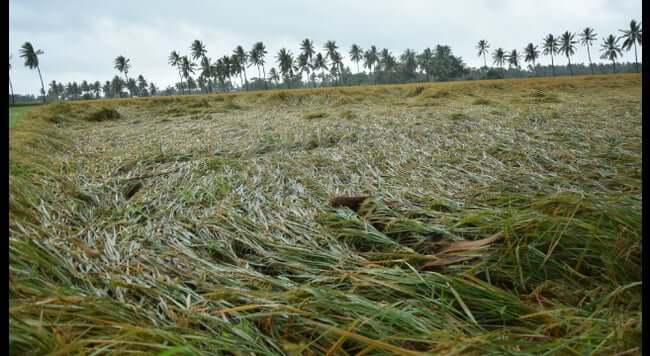Enormous Antarctic Ice Shelf Rift Grows By Another 6 Miles
Fri 20 Jan 2017, 08:59:30

Over 100-mile-long crack in one of Antarctica's largest ice shelves grew another 6 miles.
A more than 100-mile-long crack in one of Antarctica's largest ice shelves grew another 6 miles in little over two weeks this month, British scientists reported Thursday. That's on top of an 11-mile growth that occurred in the second two weeks of December - representing a 17 mile total advance in not much more than a month.
The extension of the rift in the Larsen C ice shelf ran roughly parallel to the ocean terminating front of the floating ice shelf, and so did not bring it any closer to breaking off a large piece - 12 miles of ice still connect the emerging ice island to the larger shelf. But the parallel growth may ensure that the iceberg, when it does break off, will be somewhat larger.
The researchers reiterated a statement they released earlier this month, signaling their suspicion that this will lead to the breakoff of a nearly Delaware-sized piece of ice and "leave the ice front at its most retreated position ever recorded; this event will fundamentally change the landscape of the Antarctic Peninsula." They fear that the break could speed up the flow of the
ice seaward and potentially destabilize the shelf, which holds back enough ice above sea level to raise oceans by 4 inches. But not every scientist necessarily agrees that will be the outcome.
ice seaward and potentially destabilize the shelf, which holds back enough ice above sea level to raise oceans by 4 inches. But not every scientist necessarily agrees that will be the outcome.
Either way, the advancing rift continues to suggest that a very large break could be coming. "Every advance would seem to bring the end closer," said Adrian Luckman, a researcher with Swansea University who heads up the project.
"However," he continued, "the rift has now entered the softer suture zone ice originating from Cole Peninsula, which we believe to be more substantial than elsewhere, so it is still impossible to make predictions."
Cole Peninsula is the knob-shaped out-jutting of land in the image above landward of the current location of the end of the rift. A "suture zone" is a region of softer and more flexible ice that's less likely to crack, and that exists between streams of ice flowing from glaciers, in effect stitching them together. Still, the current rift has crossed suture zones before.
So scientists will have to continue to track the rapidly growing rift. Meanwhile, their data show that it is growing faster.
No Comments For This Post, Be first to write a Comment.
Most viewed from International
Most viewed from World
AIMIM News
Latest Urdu News
Most Viewed
May 26, 2020
Do you think Canada-India relations will improve under New PM Mark Carney?
Latest Videos View All
Like Us
Home
About Us
Advertise With Us
All Polls
Epaper Archives
Privacy Policy
Contact Us
Download Etemaad App
© 2025 Etemaad Daily News, All Rights Reserved.



.jpg)






.jpg)
.jpg)








.jpg)
.jpg)
.jpg)
.jpg)
.jpg)

















